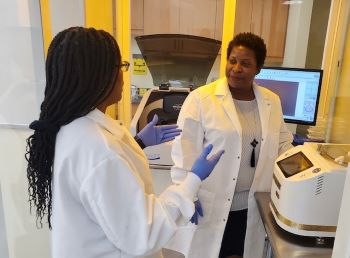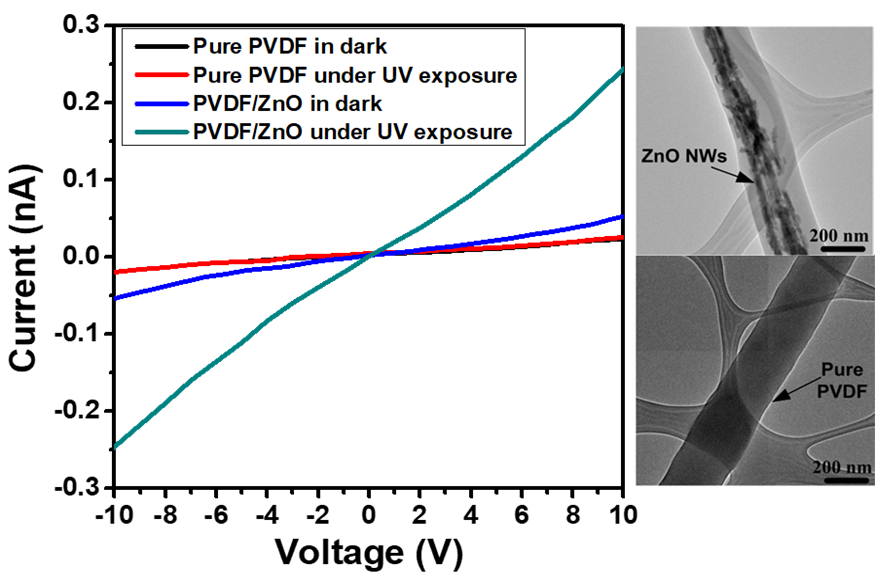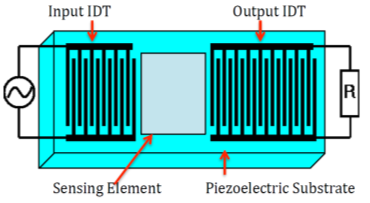TSUFI PREM is a partnership between Tennessee State University (TSU), Fisk University, and the Illinois Materials Research Science and Engineering Center (TSU-Fisk-Illinois, or TSUFI), funded through the National Science Foundation Partnerships for Research and Education in Materials (PREM) program. The Illinois Materials Research Science and Engineering Center (I-MRSEC) is located at the University of Illinois at Urbana-Champaign (UIUC).TSUFI PREM creates strategic research opportunities and exchanges, structured within a supportive framework of education, career preparation, and cross-institutional mentoring, that will increase access to advanced materials facilities and training of underrepresented minority (URM) undergraduates. It will build recruitment pathways to increase the enrollment of URMs in materials-related graduate programs at TSU, Fisk, and UIUC, ultimately increasing the number of minority STEM graduates prepared for materials science careers in industry, government, and academia. NSF news release: See Article Here

Credit: Tennessee State University, Dr. Frances Williams
TSUFI PREM Leadership
Director: Prof. Frances Williams,Tennessee State University
Co-Director: Prof. Richard Mu, Tennessee State University
Co-PI: Prof. Eugene Collins, Fisk University
Co-PI: Prof. Nadya Mason, UIUC
Co-PI: Prof. Virginia Lorenz, UIUC
Prof. Ranganathan Parthasarathy, Tennessee State University
Prof. Lei Qian, Fisk University
Prof. Abiodun Fasoro, Tennessee State University
Prof. Catherine Murphy, UIUC
Dr. Pamela Pena Martin, UIUC
TSUFI PREM Research Areas
Next-generation wearable electronics and biosensors have important applications in medicine, the environment, and biology. Realizing these technologies require materials that are simultaneously deformable, selectively sensitive to their environment, and electrically active. Piezoelectric polymeric thin films and nanofibers are excellent candidates for these applications because they are flexible, chemically inert, can be doped, and have a high surface-to-volume ratio suitable for specific sensing applications. The grand challenges the TSUFI PREM addresses comprise two thrusts:
Thrust I: Low-dimensional (NFs and films) polymeric materials synthesis and characterization
Lead: Prof. Richard Mu
Co-lead: Prof. Frances Williams

Establish design rules of materials synthesis to optimize the functionality of ferroelectric polymeric materials and develop scalable manufacturing through fundamental understanding of the basic science and physical materials processing
Thrust II: Production and modeling of heterostructures containing 2D materials
Lead: Prof Ranganathan Parthasarathy

Integrate the materials with other deformable materials through interface engineering to achieve nanosystems and nanodevices whose properties and functionality are far beyond that of the single materials alone. 2D materials, for example, can serve as excellent deformable electrodes and be used for high-mobility electronics.


